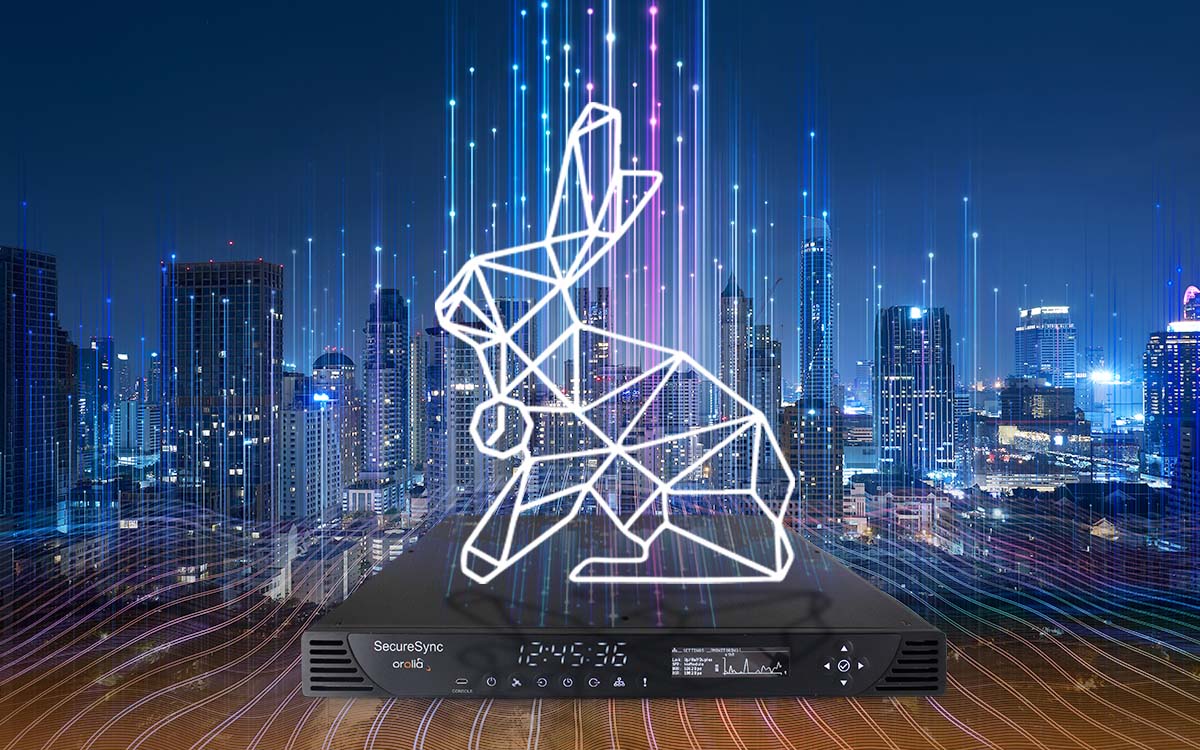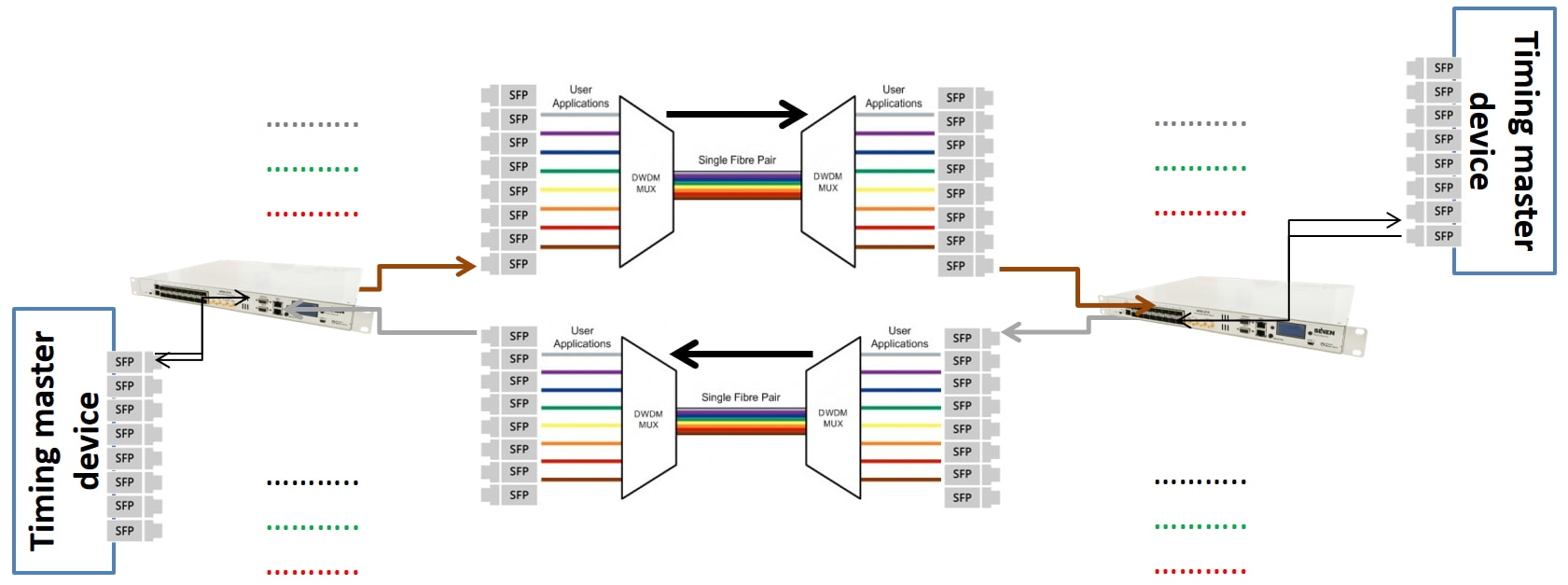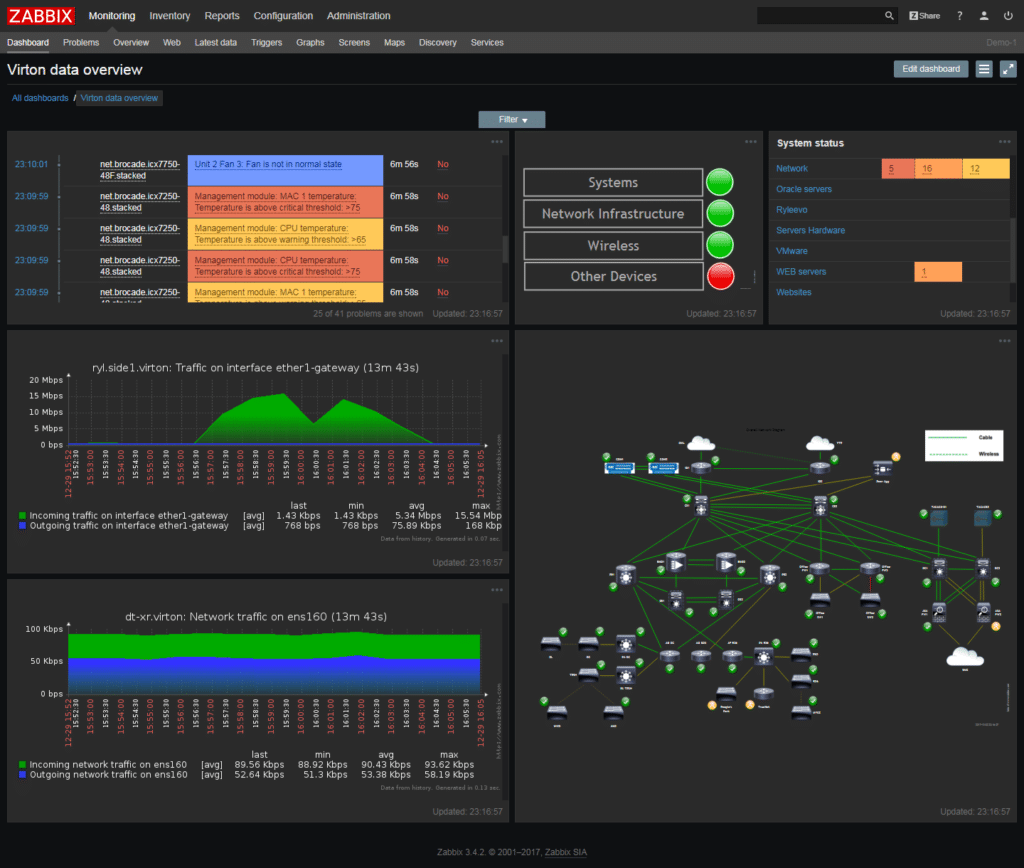
# Case Studies
White Rabbit Technologies to enhance 5G capabilities for Mobile Backbone
The ITU defines three main application areas for the enhanced capabilities of 5G: Enhanced Mobile Broadband (eMBB), Ultra Reliable Low Latency Communications (URLLC), and Massive Machine Type Communications (mMTC), with the last two several years away in most locations but at the same time drivers of the most advanced 5G applications. This imposes demanding synchronization needs for the mobile networks, making the correct timing a critical factor for achieving the expected 5G performance and mandatory for the future critical mission and low latency applications.
There are several protocols (mainly NTP and PTP) to carry out the synchronization of a mobile network, but both are designed to work over data networks and their accuracy is affected by the load on the network and the number of hops in the topology. They are on average, good time transfer solutions, but in the worst-case time delivery cannot be ensured. Time is a first order concept, and it cannot be easily patched, and its degradation is very difficult to detect and measure on later deployment stages. Mobile networks need to be designed having these issues considered from the very beginning.
For this reason, the deployment of a dedicated synchronization network enables total control over time and how it is distributed throughout the network, guaranteeing the correct operation of the system and the services offered on it. It can also be a key element of the visibility network to verify the network quality of service (QoS) during operation.
A network of this type would consist of three distinct layers: the core or backbone, the aggregation level, and the access level, with the backbone as the most critical part of the topology since the rest of the network will depend on its resilience, accuracy, and precision.
The Solution
Orolia has developed the concept of a long-distance telecommunication backbone (Figure 1) relying on the next generation of the time transfer protocol IEEE 1588-2019 and concretely on the High Accuracy (HA) profile (widely known as White Rabbit protocol). This new version of the protocol includes an extension for wide area network (WAN) utilization, cybersecurity mechanisms and the High Accuracy (HA) profile to distribute time and frequency with a deterministic performance better than 1 ns and very low jitter.

Figure 1: Long-distance telecommunications backbone – Source: Deutsche Telekom
The solution, based on this new profile, uses as its base an infrastructure of distributed redundant and calibrated GNSS time receivers and fiber optics links, whose references are scattered across hundreds of kilometers. In this way, the system will be able to get and distribute the time references available from multiple (and safe) locations to those ones that are experiencing a failure or under GNSS interferences (Figure 2).
Figure 2: Example of the resilient GNSS link for 2 locations.
In the configuration presented in this case, two DWDM links are being used to interconnect both locations. This is recommended to improve the resilience of the system and as a mechanism to remove the network asymmetry (Figure 3). Any wavelengths could be used, and calibration can be easily done using protocol parameters or directly from the calibrated GNSS receivers.

Figure 3: DWDM links
Regardless of this cross-protection mechanism, the key to make the core of the network resilient and secure is to protect each node in the network backbone. These ones, as it can be seen in Figure 2, are implemented using Orolia SecureSync GrandMaster and WR Z16 White Rabbit distribution node. Both devices stand out for their security mechanisms and among them it is worth highlighting the following features:
About WR Z16
- Failover Clock Algorithm (FOCA) which automatically switches from one timing source to another in case a failure in the active timing source has been detected.
- Holdover which permits a maximum time drift of 1.5 μs after 24 hours.
- Multiple time source survey capabilities for timing reference cross-validation.
- Enhanced API for integration with logs, metrics, configuration, and alerts with third-party tools including not only SNMPv2/v3 but also support for Elasticsearch, Logstash, Kibana, Telegraf, InfluxDB, Zabbix, Grafana and many other widely use libraries and tools.
- Security features, including the latest IEEE 1588-2019 authentication and security features against cyberattacks, making it possible to deploy flexible security policies according to the security level required for the infrastructure.
About SecureSync
- Reference prioritization and failover which automatically switches from one timing source to another in priority order in case a failure in the active timing source has been detected.
- Holdover options which permits a maximum time drift of 1 μs after 24 hours.
- Enhanced API for integration with logs, metrics, configuration, and alerts with third-party tools including not only SNMPv2/v3, but a fully featured REST API.
- Security features, including access control lists, configurable password policies, and centralized authentication through LDAP, RADIUS, and TACACS+.
- GNSS Interference Detection and Mitigation through upstream elements like anti-jam antenna systems and software elements like Orolia’s IDM Suite with BroadShield to protect and detect interference on the GNSS signal.
As an added benefit, Orolia products support a wide range of interoperability options with different interfaces and timing protocols (PTPv2, NTP, PPS/10MHz, IRIG, etc). These options extend the capability of the network by providinginteroperability protocols downstream from the backbone to a lower network stratum.
Backbone optimization
The core of the network relies on technologically advanced synchronization equipment such as resilient GNSS time servers, atomic clocks, or a combination of both (ePRTC clocks) to ensure accuracy, precision, stability and the robustness and resilience of the network.
However, as some of these devices (atomic clocks, ePRTC, etc.) have a high cost, considering the tradeoff that exists between that cost and the performance of the network, backbone optimization becomes a key and crucial factor for the deployment as can be seen in the following example (Figure 4).
.

Figure 4: Node interconnection scenarios
A redundant central node (site A) made up of resilient GNSS time servers (SecureSync) by Orolia, cesium atomic clocks and time distribution devices (WR-Z16). From this site, the rest of the sites in the topology can be synchronized as follows:
Sites C, D and E have their own GNSS time servers and time distributions devices, but also receive a backup timing feed from site A to take advantage of the GNSS time servers and cesium clocks there.
Site F is shown as an example of a site with special considerations that don’t allow for local GNSS time servers. The site location may not have good GNSS reception like within an urban canyon environment. There may be logistical reasons where installation of the GNSS antenna is difficult. It may just be budget constraints that limit the type of equipment allowed. Regardless of the reason, the deployment still supports timing, including resiliency, at Site F through the timing feeds from site A, and the GNSS time servers and cesium clocks there.
The final backbone deployment with a mix of these site configuration examples can balance costs with all of the accuracy, precision, stability, robustness, and resilience requirements that the customer might need in the network backbone.
Visibility
Finally, Orolia has developed specific templates which facilitate the integration of their devices via SNMP with the most used external tools for monitoring and management of networks, such as Zabbix (Figure 5), InfluxDB, Grafana, Chronograf, etc. This solution facilitates the supervision of a high number of time synchronization devices in a very visual and easy-touse way.

Figure 5: Zabbix


